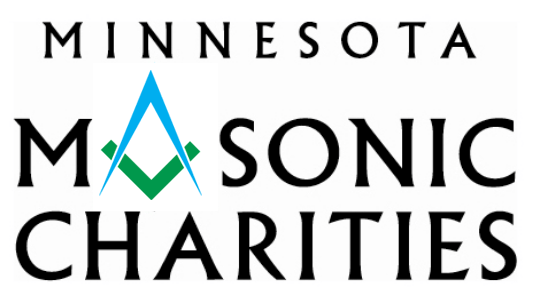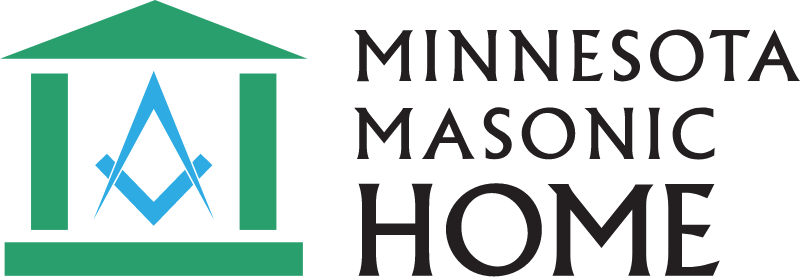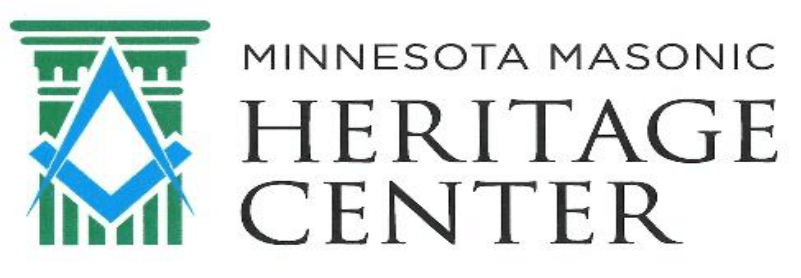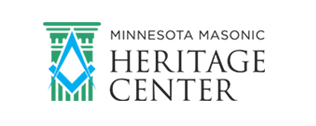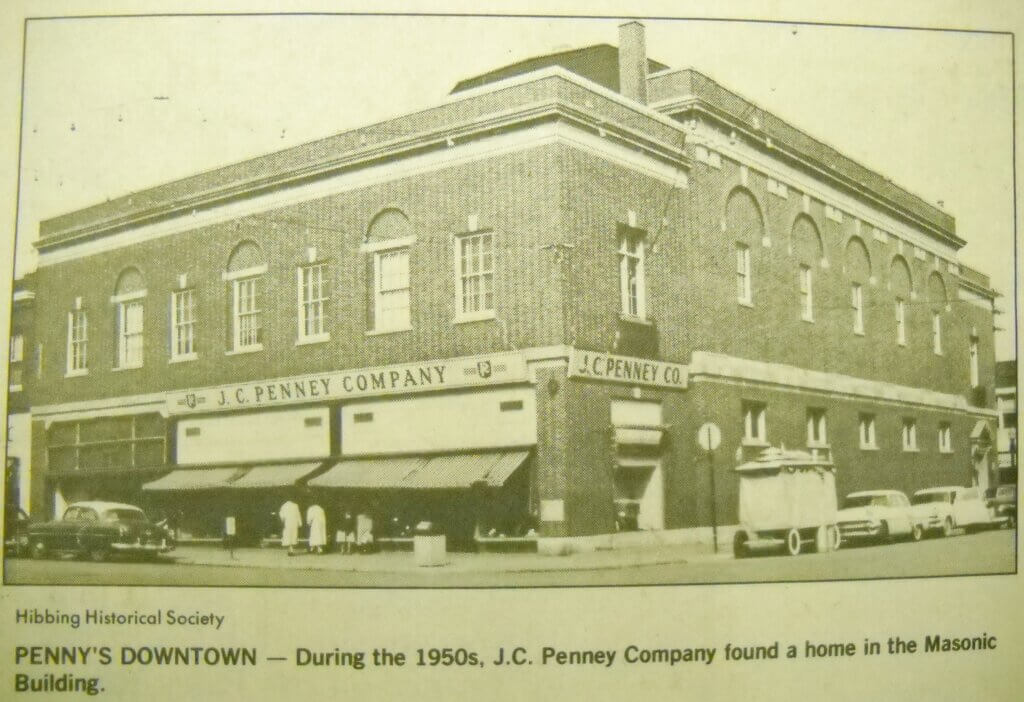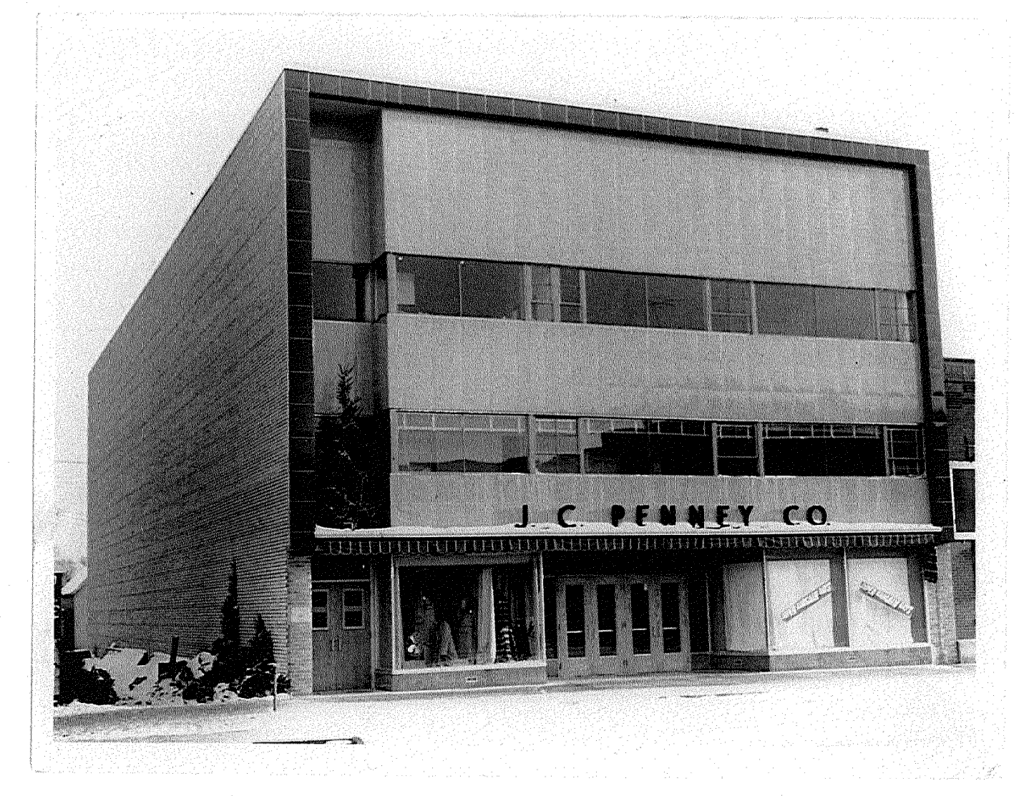“J.C. Penney” lodges
June 29, 2022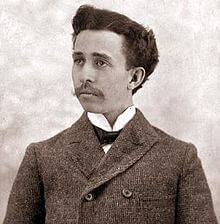
Have you heard the term “J.C. Penney Lodge”? I hadn’t until I started work at the Minnesota Masonic Heritage Center in 2016. Of course, this raised questions for me: is it a Lodge composed of J.C. Penney employees? Or is it a lodge room inside a J.C. Penney store, accessible only to those who hold a current Masonic dues card?
Past Grand Master Terry L. Tilton made a study of the subject in a piece titled “J.C. Penney Lodges: Examining a Masonic Legend”, for the Philalethes Society when he was serving as its President. Published in the Fall 2012 issue of The Philalethes, the Journal of Masonic Research and Letters, the question revolves around whether J.C. Penney or his business *constructed* Masonic Temples.
In short (and to the best of our knowledge), the answer is “no”. But we can say that there was a strong relationship between the J.C. Penney Company and Masonic Lodges in parts of the United States. PGM Tilton’s research determined that Minnesota had at least two Lodges which hosted a J.C. Penney store as its main tenant. Mesaba Lodge No. 255, Hibbing (see photo 1) and Wadena Lodge No. 156 (photo 2) enjoyed an alliance with J.C. Penney for 63 and 70 years, respectively. Correspondence in Mesaba Lodge records “indicate that the new lodge was specifically constructed with the intent of having J.C. Penney move into the building upon its completion”.
The connection
Why this relationship? If you didn’t already know it, James Cash Penney (1875-1971) was a Freemason. Raised in Wasatch Lodge No. 1, Free and Accepted Masons in Salt Lake City, Utah, he lived by the Golden Rule: treat others as we would like to be treated.
Doing right by the customer was of paramount importance to Brother Penney. As PGM Tilton writes: “His company policies were based upon the four cardinal virtues of temperance, fortitude, prudence, and justice”. It’s possible that Penney liked to place his stores with Lodges because of the harmonious beliefs of both parties…Masons could be counted on as fair and upright landlords, acting on the square and living by the Golden Rule.
The classic example
So, is there anything to the romantic notion of “J.C. Penney Lodges”? Not really, though it can be said there is a similar model: retail or offices of some sort on the ground floor, with Lodge rooms above it (on a practical level, the businesses “downstairs” are a source of income for the Lodge). Photos 3 and 4 show Corinthian Lodge 67, Farmington* (retail), and Wayzata Lodge 205 (office), respectively, as examples of the building model. But even that layout or building-sharing arrangement was not particularly novel. While there was (and still is) no long-standing rule that lodges had to meet on an upper floor, it was (and is) common for lodges to do so. Remember that the earliest modern-era lodges (from 1717 onward) met in or above taverns, pubs, or ale-houses, etc.
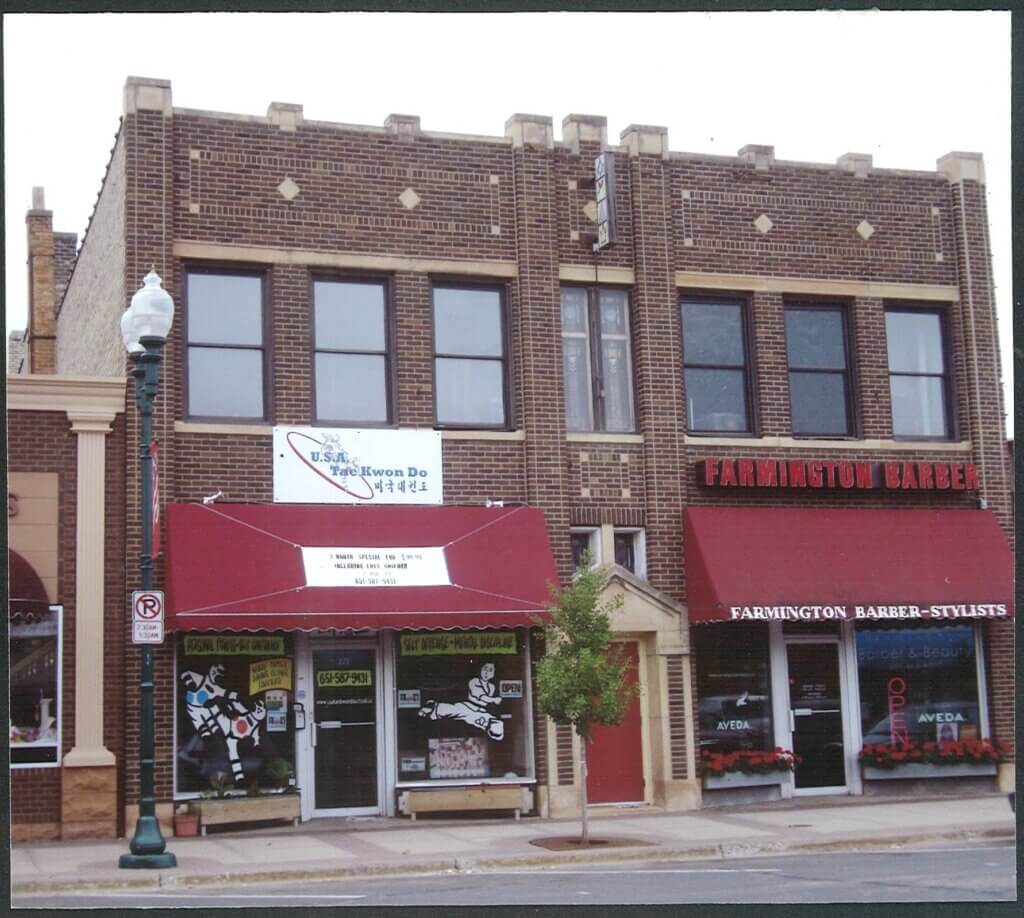

Has this whet your appetite for lodge construction, architecture, or building arrangement? The next time you’re traveling the byways and roads of America, keep an eye out for current or former Masonic buildings. When you find one in the classic model with the lodge upstairs, take note of what is on the street level. It may have more history than you think!
My thanks to Most Worshipful Brother Terry Tilton, Fellow of the Philalethes Society, for the source document, and inspiration for this piece.
—Mark Anderson
* In the Spring 2022 issue of The Pillars magazine, Corinthian Lodge No. 67 was misidentified as No. 133. We regret the error; please accept our apologies.
